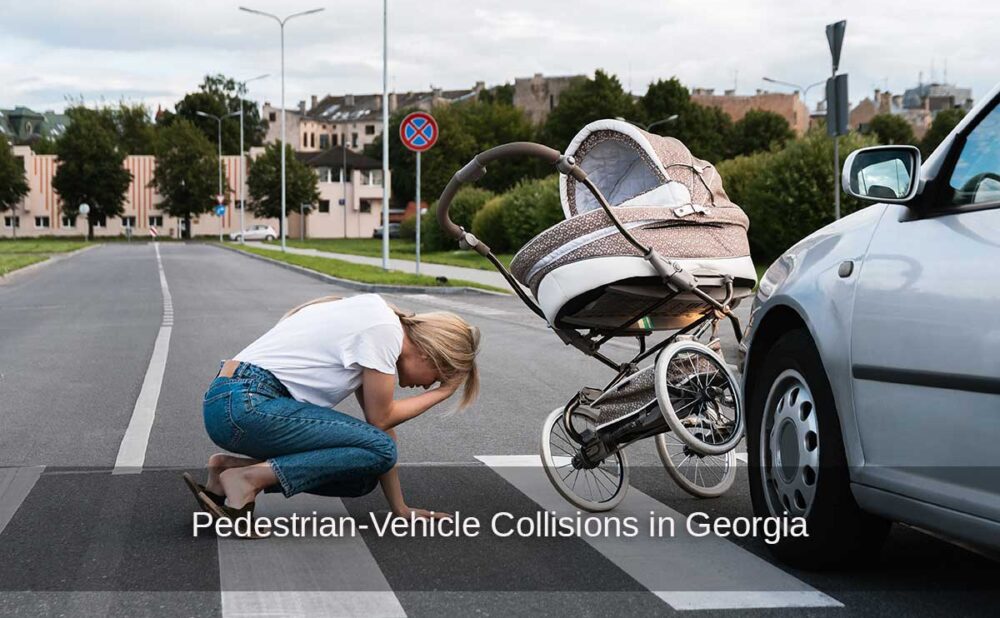Pedestrian-Vehicle Collisions in Georgia
Pedestrian safety remains a critical issue in Georgia, with the state consistently ranking among the highest in the nation for pedestrian fatalities. Understanding the contributing factors, legal responsibilities, and safety measures is essential for both pedestrians and drivers to reduce the risk of accidents.
Pedestrian Fatality Statistics in Georgia
In 2022, Georgia reported a 12% increase from the previous year with 345 pedestrian fatalities. This uptick is part of a concerning trend; over the past decade, pedestrian deaths in Georgia have nearly doubled. In 2023, the fatality rate per 100,000 population decreased slightly to 1.33, down from 1.53 in 2022. Despite this modest improvement, Georgia remains among the top 10 states for pedestrian fatality rates.
High-Risk Areas and Times
Urban areas, particularly those with high traffic volumes, are hotspots for pedestrian accidents. In 2022, more than half of all pedestrian fatalities occurred within the Atlanta metropolitan area. Additionally, nighttime conditions significantly increase the risk; 84% of pedestrian fatalities in Georgia occur after dark.
Legal Responsibilities
For Drivers
Georgia law mandates that drivers must “stop and remain stopped” to allow pedestrians to cross the roadway within a crosswalk. This applies when the pedestrian is on the driver’s side of the road or is approaching within one lane of the driver’s side. Drivers must also exercise caution to avoid colliding with any pedestrian on the roadway, as stipulated in O.C.G.A. § 40-6-93.
For Pedestrians
Pedestrians must use sidewalks when available. If no sidewalk exists, they should walk facing oncoming traffic as far to the left as practicable. When crossing streets, pedestrians must obey traffic signals and use crosswalks when present. Crossing outside of designated areas is permissible only if it does not interfere with traffic flow.
Safety Measures and Initiatives
Infrastructure Improvements
The Georgia Department of Transportation (GDOT) has initiated the “See & Be Seen” campaign, aiming to enhance pedestrian visibility through improved lighting, signage, and crosswalks. Additionally, the installation of HAWK (High-Intensity Activated Crosswalk) beacons has been implemented in some areas to provide safer crossing opportunities for pedestrians.
Community Efforts
Local organizations and advocacy groups are actively working to raise awareness and promote pedestrian safety. For instance, Propel ATL has highlighted the disproportionate number of pedestrian fatalities in certain neighborhoods, advocating for policy changes and infrastructure improvements to address these disparities.
Pedestrian-vehicle collisions in Georgia are a pressing concern that requires collective action from both the public and authorities. By adhering to traffic laws, staying informed about safety initiatives, and advocating for safer infrastructure, Georgia can work towards reducing pedestrian fatalities and creating a safer environment for all road users.





